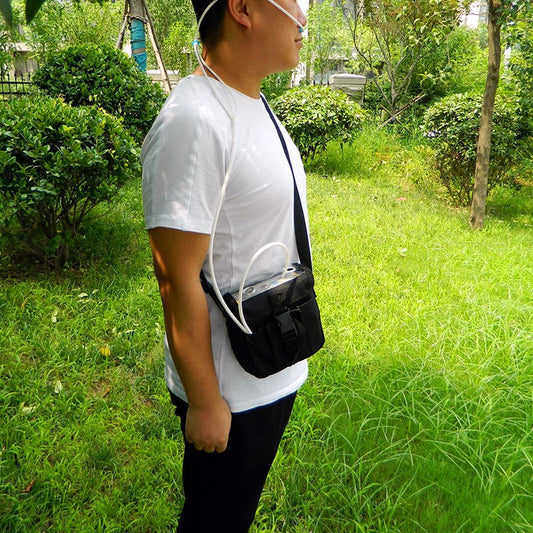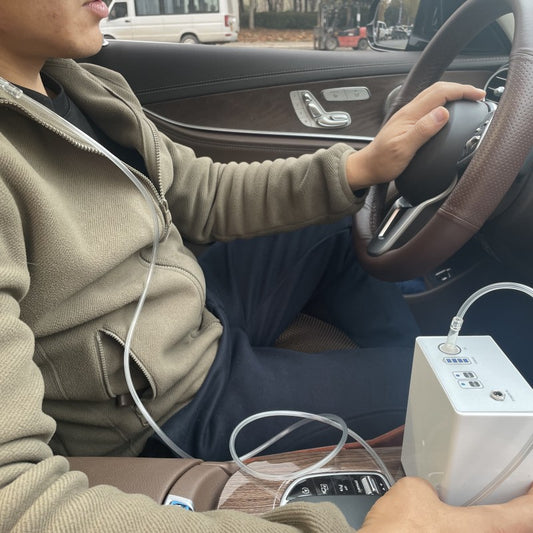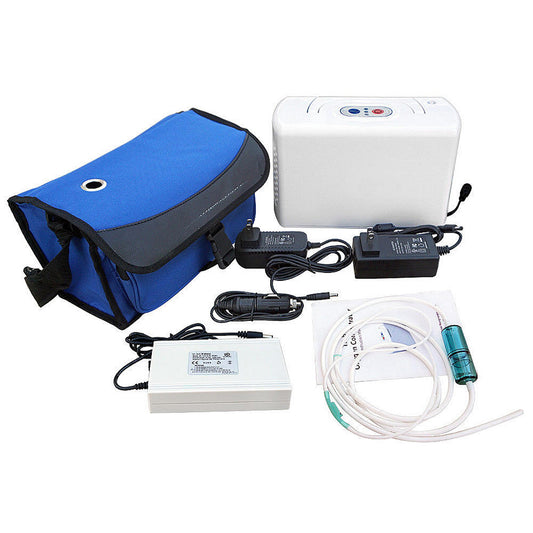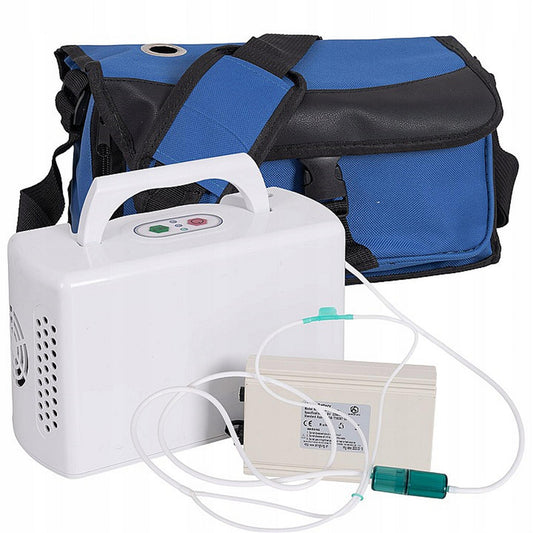Different manifestations of cerebral hypoxia

Cerebral hypoxia performance I:
Dizziness, headache (migraine), brain swelling (high blood pressure also has similar symptoms), and sometimes tinnitus, vertigo, and sometimes nausea, vomiting and other symptoms.
Causes of cerebral hypoxia: altitude sickness, respiratory system disorders, cerebrovascular disease, cervical spondylosis, anemia Meniere's syndrome, geriatric disease, etc.
Improve cerebral hypoxia: The above-mentioned symptoms of cerebral hypoxia come suddenly and often without signs, especially after getting up in the morning and at night. Symptoms can be relieved after oxygen inhalation.
Cerebral hypoxia performance II:
Slow thinking, slow reaction, drowsiness
Causes of cerebral hypoxia: altitude sickness, air-conditioned rooms, not opening windows for ventilation in winter, and central air-conditioning without a fresh air system.
When I was in school, I had this experience. In winter, the heating was turned on, the room was not ventilated, and a whole room was crowded... sleepy! In fact, this is a typical manifestation of cerebral hypoxia. After class, I went out for a 5-minute snowball fight and came back refreshed. This is a typical cerebral hypoxia caused by poor air quality.
If the air is thin and low pressure in the plateau, it can only be relieved by inhaling oxygen.
Improve cerebral hypoxia: often get out of the hypoxic environment, such as going outside to do gymnastics for 20 minutes, and doing proper systemic exercise can generally be relieved. Oxygen is recommended if the air is thin on the plateau.
Cerebral hypoxia performance III:
There is no great physical exertion but feel tired, mentally exhausted, mood swings, temperament changes, sleepy but unable to sleep, and in severe cases, it will be accompanied by the symptoms of cerebral hypoxia described in 1 and 2 above.
I Excessive use of the brain: When we exercise, our breathing will be rapid and our heartbeat will speed up, but no one has ever seen a person who works at a desk for a long time wheezing and panting. Why? There are two reasons for this: long-term mental work will increase the rate of oxygen consumption by the brain, and this excessive consumption of oxygen by the brain cannot cause the human body to compensatory breathing rate and heart rate increase (the reason is unclear) ;The brain is sensitive to hypoxia, and the hypoxic state that can be tolerated by other organs of the human body is unforgivable to the brain, so the hypoxia symptoms described above will appear.
II Decreased pulmonary ventilation due to desk work:Our breathing capacity is related to the volume of our chest cavity. When we do chest expansion, the expansion of the chest cavity is conducive to the relaxation of the lungs. When we are in the state of extending our arms, the chest cavity is closed. The squeezed state is not conducive to the relaxation of the lungs. The chest of the people who work at the desk is in a state of being pressed for a long time, especially if they have the habit of hunching their chests. Therefore, cerebral hypoxia caused by insufficient ventilation is also one of the reasons that cannot be ignored.
III mental impact: The ups and downs of business, competition among colleagues in the company, competition between companies, etc., frequent large emotional fluctuations, etc(Reasons such as large outflows and large inflows when the stock market and other markets fluctuate greatly, and troubles in family life). Long-term exposure to this kind of mental pressure or fluctuation, its lethality is far greater than the impact of the cold virus on the human body, people will become easily fatigued, decreased resistance, irritability, irritable temperament, depression, etc. The cause of this mental effect cannot be explained.
Improve cerebral hypoxia: It's very simple, do what you want to do, do what makes you relax, do what makes you happy, change the current rhythm of life, and readjust your schedule. Add to your dense booking form: 2 stretches every half an hour; 1 hour interval to go out for 5 minutes to drink water to see the scenery and 20 deep breaths. Go for a cup of tea with an old classmate and go back to the carefree days of the past for a while. Exercise 2-4 times a week.
Oxygen therapy can also relieve stress (oxygen has a sedative effect), replenish physical strength, improve sleep, and quickly improve mental outlook. However, oxygen therapy can only be an expedient measure, and to fundamentally improve the state of cerebral hypoxia still requires regular exercise.
Improve brain hypoxia at different ages: For young and middle-aged people, appropriate aerobic exercise can quickly improve the symptoms of cerebral hypoxia, but for the elderly, especially those with weak exercise ability or loss of exercise ability, appropriate oxygen therapy can be used to improve the symptoms of cerebral hypoxia. Cerebral hypoxia symptoms while reducing the risk of other geriatric onsets due to hypoxia.










